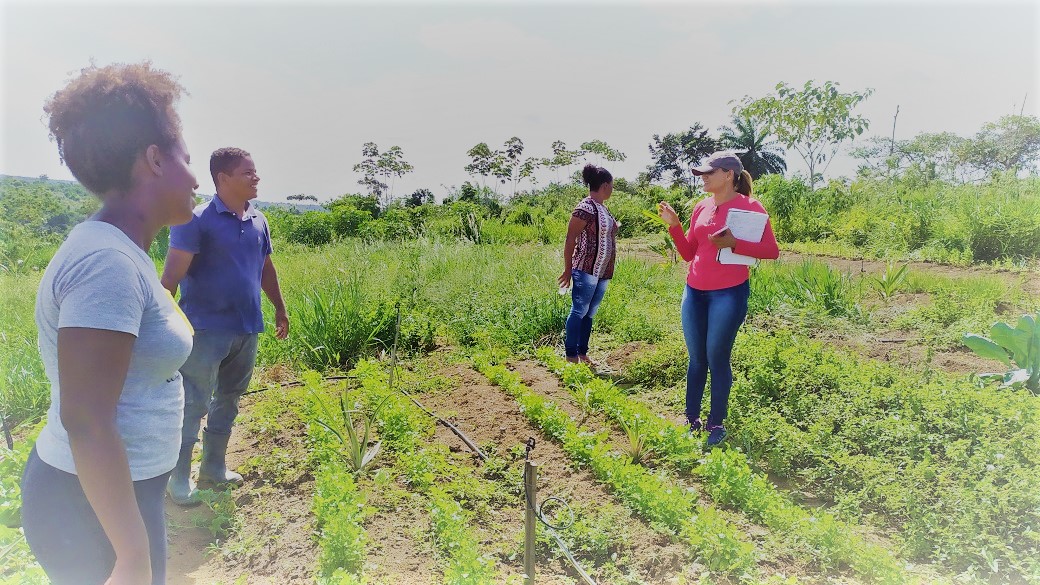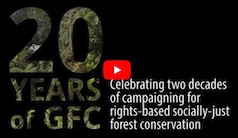Participation des communautés d’Asie centrale au cadre mondial sur la biodiversité

Publié dans ECO le 14 décembre 2022
Par Elena Kreuzberg, Coalition mondiale des forêts (point focal régional pour l’Asie orientale et centrale)
Lors de la COP15 de la Convention sur la diversité biologique (CDB) à Montréal, nous pouvons voir de nombreux délégués de différents pays et régions du monde. Le récent bilan indique une participation d’environ 20 000 délégués. Mais une région est sous-représentée : l’Asie centrale.
Continuer en anglais :
This time, only one environmental NGO from Kazakhstan – the Association for Conservation of Biodiversity in Kazakhstan – is present. No signs of any other representatives of civil society until now. The governmental organizations are also minor. The official delegation from Kazakhstan just arrived. Other countries – Kyrgyzstan, Tajikistan, Turkmenistan and Uzbekistan – sent one or two delegates only.
And it is a pity, because the voice of civil society from Central Asia will not be heard. It is also a pity, because civil society is not engaged in the negotiation process on the Post-2020 Global Biodiversity Framework (GBF) which will negatively influence its implementation. At the same time, the recent analysis of the commitments and implementation of Aichi Biodiversity Targets in countries of the region showed that their performance failed. Countries allocate insufficient resources for biodiversity conservation and management. For example, Kazakhstan spends on biodiversity less than 0.1% of the national GDP with a trend of decrease. According to the Six National Report of the Republic of Kazakhstan on Biodiversity (2018), in 2008 this figure was 0.18%, and by 2014 it had dropped to 0.08%.
The region has a population of currently more than 68 million people. All 5 countries selected their own socio-economic development scenarios. They are very different now, but all of them face similar problems related to biodiversity conservation and management. Impacts of climate change lead to increased desertification of many areas and complicated access to freshwater resources, affecting people and biodiversity. Land use transformation in drylands provides new barriers for biodiversity, creating new isolation for declining populations of many native animal and plant species. Biodiversity loss is often associated with unsustainable use of natural resources and there is a lack of information sharing and participatory approach.
The civil society in the post-soviet countries appeared relatively recently; these organizations still need support for their capacity building because this is a long way. So, it is very sad, that members from CSO of Central Asia do not have chance to be a part of the global process and excluded from negotiations related to the development of the new Post-2020 GBF which jeopardizes its implementation in a large region with one of the 36 Global Biodiversity Hotspots* named the Mountains of Central Asia.
*Global biodiversity hotspots are areas with rich biodiversity that are threatened due to development.
Link to source: ECO Vol. 65, Issue 7










